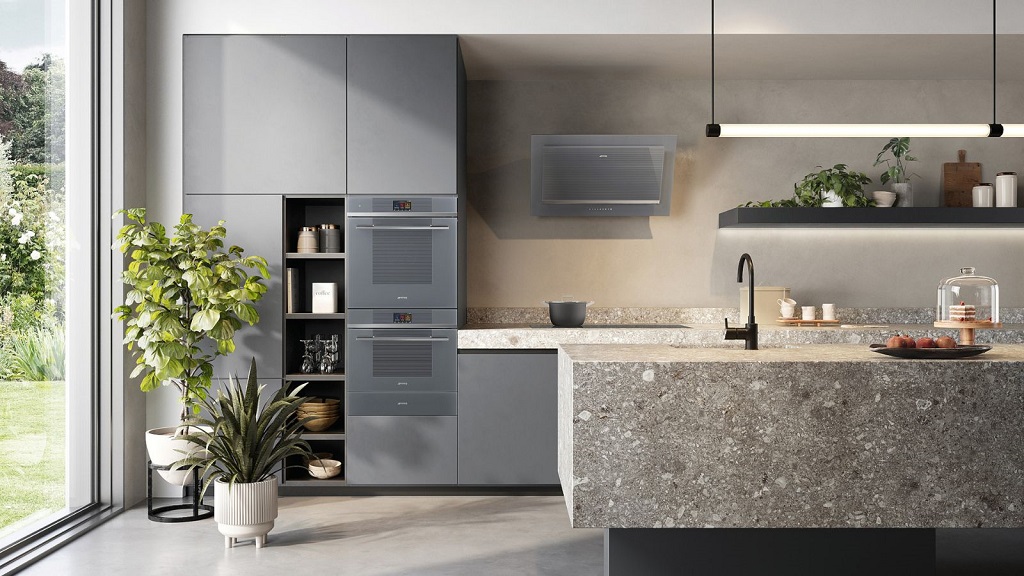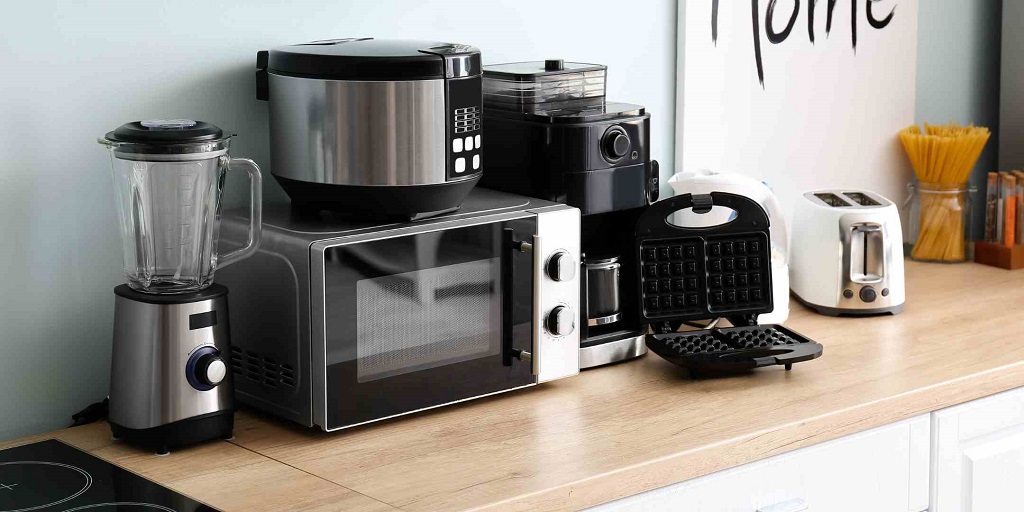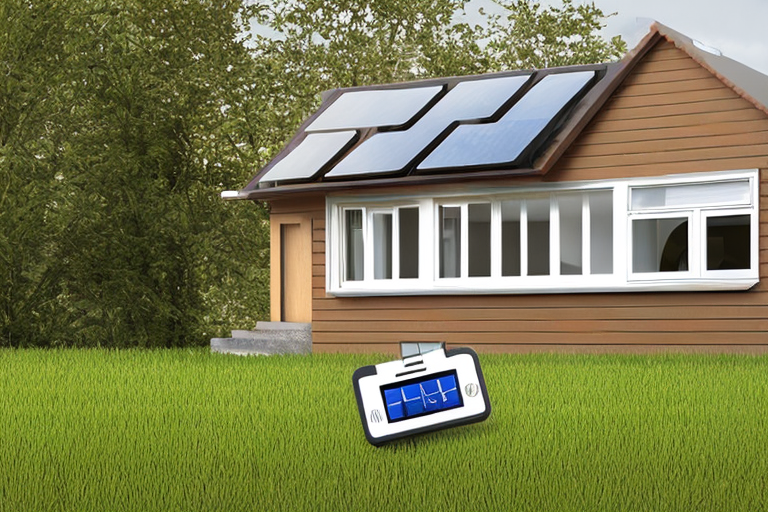In today’s environmentally conscious world, energy efficiency is a hot topic. One area where it’s particularly relevant is household appliances. Manufacturers constantly tout the energy-saving benefits of their latest models, but are energy-efficient appliances truly worth the investment? This guide dives into the myths and realities of energy-efficient appliances, empowering you to make informed decisions for your home.
Myth #1: Energy-efficient Appliances Don’t Work as Well
Reality: Technological advancements have ensured that energy-efficient appliances don’t compromise on performance. Modern models deliver the same level of cleaning power, cooling capacity, or cooking efficiency as their less-efficient counterparts while using significantly less energy.
Here’s how they achieve this:
-
Advanced Technologies: Modern appliances utilize innovative technologies like improved insulation, variable-speed motors, and sensor-controlled functions to optimize energy consumption without sacrificing performance.
-
Rigorous Testing: Energy-efficient appliances undergo rigorous testing to ensure they meet specific performance standards. Look for certifications like Energy Star, which guarantees both energy efficiency and functionality.
Myth #2: The Upfront Cost is Too High
Reality: While energy-efficient appliances might have a slightly higher upfront cost compared to traditional models, the long-term savings on your energy bills can be substantial.
Here’s the breakdown:
-
Energy Cost Savings: Studies by the US Environmental Protection Agency (EPA) indicate that Energy Star-certified appliances can save you hundreds of dollars on your annual energy bills. These savings can accumulate significantly over the lifespan of the appliance.
-
Rebates and Incentives: Many governments and utility companies offer rebates and incentives for purchasing energy-efficient appliances. These incentives can significantly offset the initial cost.
-
Longer Lifespan: Energy-efficient appliances are often built with high-quality materials and advanced technologies, leading to a longer lifespan compared to traditional models. This translates to fewer replacements needed over time, further reducing overall costs.
Myth #3: Energy-efficient Appliances Don’t Make a Big Environmental Impact
Reality: The cumulative impact of energy-efficient appliances on the environment is significant.
Here’s how they contribute:
-
Reduced Energy Consumption: By using less energy, energy-efficient appliances reduce the overall demand on power plants, leading to lower greenhouse gas emissions.
-
Conservation of Resources: Lower energy consumption translates to a reduced reliance on non-renewable resources like coal and natural gas.
-
Sustainable Future: By making energy-conscious choices, we contribute to a more sustainable future for ourselves and generations to come.
Choosing the Right Energy-efficient Appliance for You
Here are some factors to consider when making a purchase:
-
Energy Star Certification: Look for the Energy Star label – it signifies a government-backed guarantee of energy efficiency and performance.
-
Your Usage Habits: Consider how often you use the appliance and choose a model that aligns with your needs. A highly efficient but rarely used appliance might not offer significant savings.
-
Features and Functionality: Don’t prioritize energy efficiency over features you need. Choose an appliance that meets your functional requirements while offering energy-saving benefits.
-
Compare Efficiency Ratings: Compare the energy ratings of different models before making a purchase. Look for higher ratings that indicate greater efficiency.

Beyond Appliances: Energy-Saving Practices
While energy-efficient appliances offer significant benefits, they are just one piece of the puzzle. Here are some additional practices to adopt for a more energy-efficient household:
-
Unplug Unused Electronics: Standby power consumption, also known as phantom power, can contribute to wasted energy. Unplug electronics when not in use.
-
Switch to LED Lighting: LED lights are significantly more energy-efficient than traditional incandescent bulbs.
-
Wash Clothes in Cold Water: Heating water is a major energy consumer. Opt for cold water washing cycles whenever possible.
-
Air Dry Clothes: Whenever weather permits, air-dry clothes instead of using the dryer.
Related: Free Home Energy Assessment: A Step Towards Energy Efficiency
Making a Difference, One Appliance at a Time
While switching to energy-efficient appliances might seem like a small step, the cumulative impact of millions of households making this choice is significant. By considering the facts, making informed decisions, and adopting energy-saving practices, you can contribute to a more sustainable future, all while saving money on your utility bills. Remember, every action counts!








